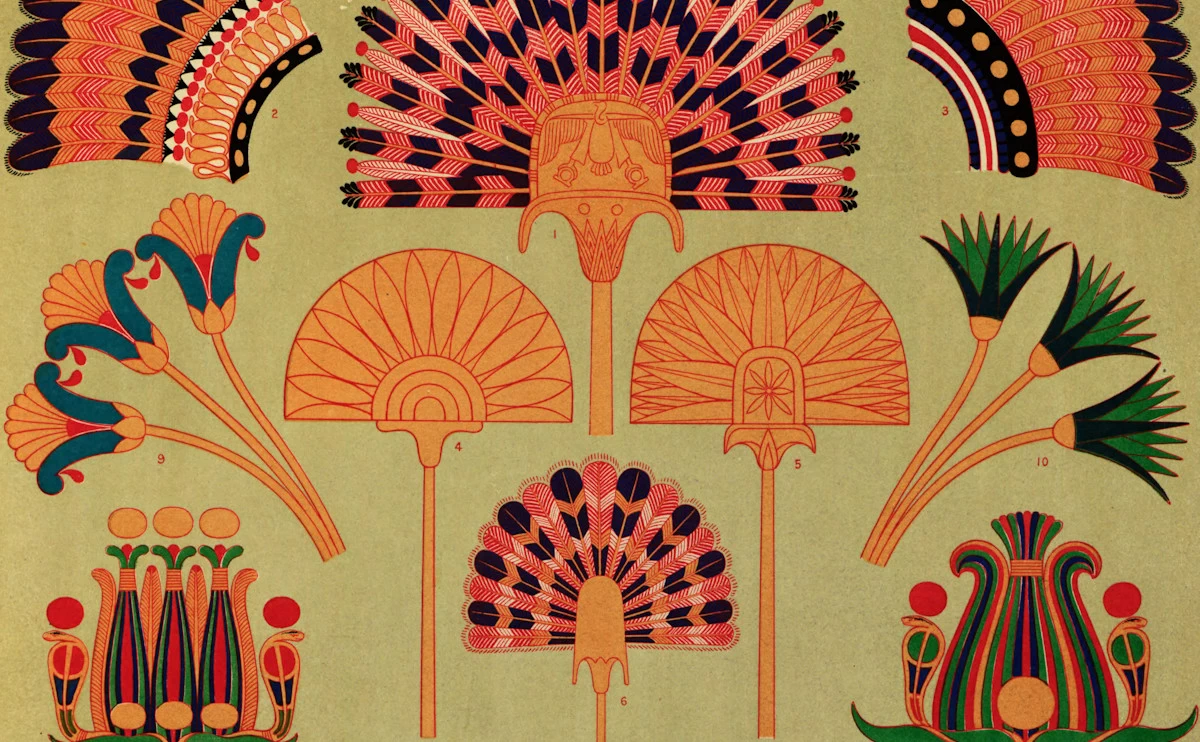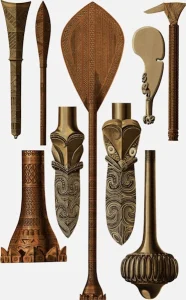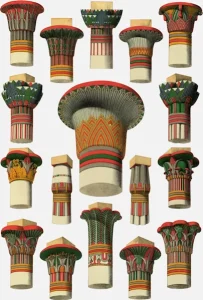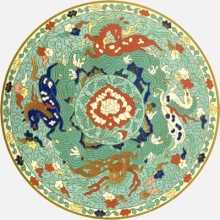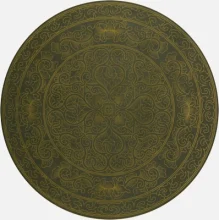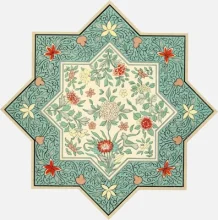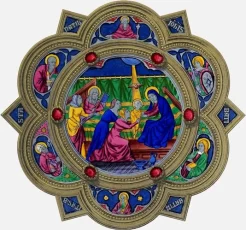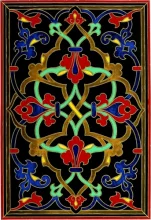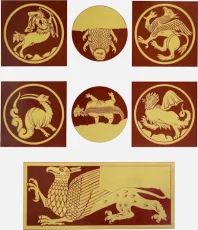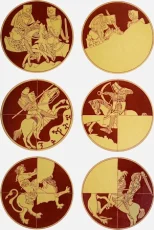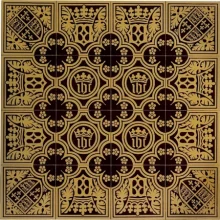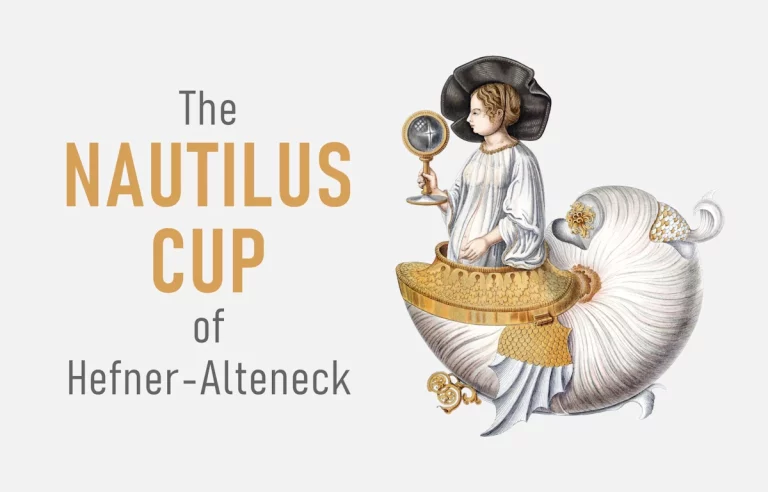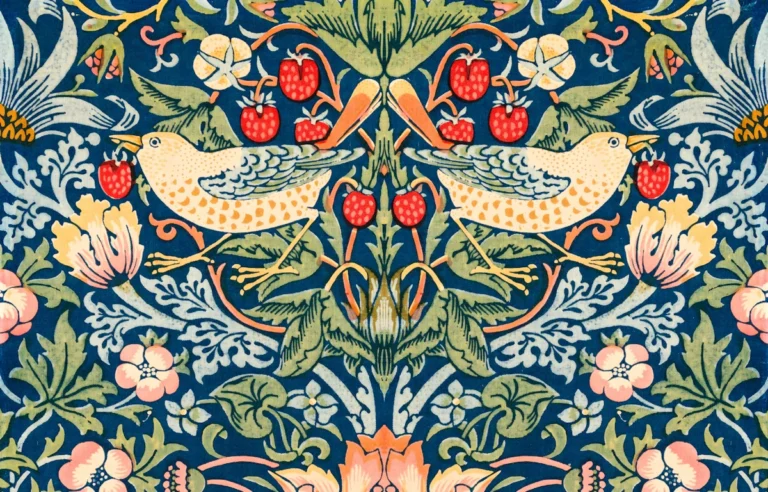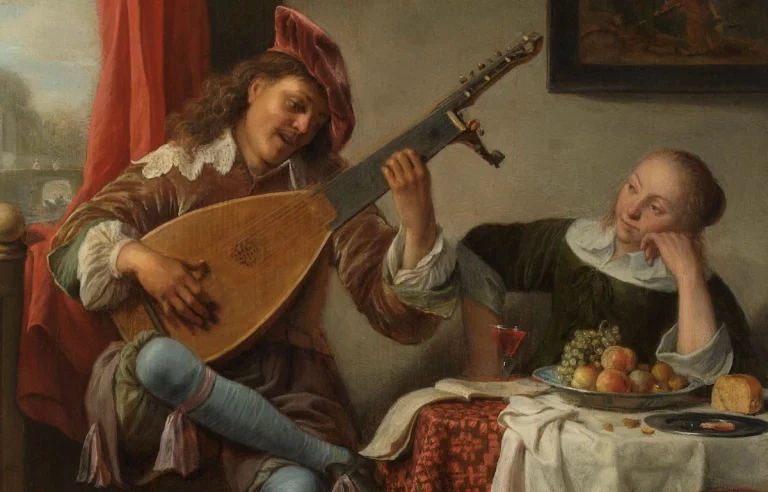19th Century Decorative Arts: A Journey Through Ornamental Excellence
The 19th century was a period of significant innovation and creativity in the decorative arts, marked by a revival of past styles and the emergence of new techniques. This era saw an increased appreciation for the aesthetic and functional aspects of design, leading to a proliferation of decorative images, patterns, and borders in various media. One of the most remarkable aspects of this period is the wealth of books that documented and disseminated these designs, providing both inspiration and practical guidance for contemporary and future artists and designers.
The Grammar of Ornament by Owen Jones
One of the most influential works of the 19th century on decorative arts is “The Grammar of Ornament” (1856) by Owen Jones (1809-1874). Jones, an English-born Welsh architect and design theorist, created this comprehensive guidebook to aid in understanding the underlying principles of ornamentation. His work is considered a magnum opus in the field of design, providing an exhaustive collection of patterns and motifs from various cultures and historical periods.
Jones’s “The Grammar of Ornament” is organized meticulously to make the study of design principles accessible. The book introduces 37 “general principles in the arrangement of form and color in architecture and the decorative arts” before delving into 20 chapters filled with illustrations. These chapters explore Middle Eastern designs extensively, showcasing patterns from different eras and regions. The final chapter, “Leaves and Flowers from Nature,” emphasizes the importance of observing natural forms to create skilled human designs. This chapter underscores the idea that the most effective and beautiful designs are often those inspired by the natural world.
Jones’s work stands out not only for its content but also for its methodological approach. He believed that contemporary design should learn from the past, and his book made this process straightforward by organizing designs by color and structural similarities. This systematic approach allowed artists and designers to draw inspiration from a vast array of sources, from the intricate patterns of Islamic art to the elegant simplicity of natural forms.
Examples of Chinese Ornament
Another significant contribution by Owen Jones is “Examples of Chinese Ornament Selected from Objects in the South Kensington Museum and Other Collections” (1867). This work highlights the elaborate motifs found in Chinese decorative arts, further demonstrating Jones’s belief in the value of studying diverse cultural traditions. The book features detailed illustrations of patterns and designs, showcasing the richness and complexity of Chinese ornamentation. These examples provided Western artists and designers with a wealth of inspiration, helping to foster a greater appreciation for non-Western artistic traditions.
Henry Shaw's Contributions
Henry Shaw (1800-1873) was another prominent figure in the 19th-century decorative arts. An English architectural draftsman, engraver, and antiquarian, Shaw published numerous books on medieval and Renaissance design, illustrated with his own art. His interests were diverse, covering stained glass, heraldry, costume, metalwork, architecture, and furniture. Shaw’s meticulous illustrations and scholarly approach made his works invaluable resources for artists and designers of his time and beyond.
One of Shaw’s notable works is “The Decorative Arts Ecclesiastical and Civil of the Middle Ages” (1851). This book features a variety of ecclesiastical and secular objects, each meticulously illustrated and described. Among the highlighted items are a crozier, a morse, and a 16th-century book cover. The crozier, a hooked staff held by a bishop as a symbol of office, exemplifies design inspired by nature with its fern-like curve. The term “crozier” itself refers to the curled top of a young fern, demonstrating the deep connection between natural forms and decorative arts.
The morse, an ornamental clasp used to fasten a cope (a cloak worn by clergy), is another fascinating object featured in Shaw’s work. The intricately jeweled morse showcases the high level of craftsmanship and attention to detail characteristic of medieval decorative arts. The 16th-century book cover, with its elaborate design, further illustrates the rich tradition of ornamentation in historical bookbinding.
Specimens of Tile Pavements
Henry Shaw also published “Specimens of Tile Pavements Drawn from Existing Authorities” (1858), a book dedicated to the illustration of pavement tiles. This work contains over seventy beautiful illustrations of tiles found in locations such as Chertsey Abbey and Gloucester Cathedral. The detailed drawings in this book highlight the geometric and floral patterns commonly used in tile designs, showcasing the artistry and technical skill involved in creating these decorative elements.
The Broader Context of 19th Century Decorative Arts
The 19th century was a period of eclecticism and revivalism in the decorative arts, characterized by a fascination with historical styles and a desire to incorporate them into contemporary design. This era saw the emergence of the Gothic Revival, a movement that sought to revive the Gothic style of the Middle Ages. Architects and designers like Augustus Pugin played a key role in this movement, creating buildings and interiors that featured intricate carvings, stained glass, and other decorative elements inspired by medieval art.
The Arts and Crafts Movement, which emerged in the latter part of the 19th century, also had a profound impact on decorative arts. Led by figures such as William Morris, this movement emphasized the value of handcrafted goods and traditional craftsmanship. It rejected the industrial mass production of the time, advocating for a return to simple, functional, and beautiful designs. The movement’s influence can be seen in textiles, wallpaper, furniture, and other decorative items that featured natural motifs and meticulous handwork.
Conclusion
The 19th century was a golden age for decorative arts, marked by a deep appreciation for historical styles and a commitment to innovation and excellence in design. Works like Owen Jones’s “The Grammar of Ornament” and Henry Shaw’s various publications provided invaluable resources for artists and designers, bridging the gap between past and present and fostering a rich exchange of ideas. These books not only documented the rich tradition of ornamentation but also inspired new generations of designers to explore the possibilities of decorative arts. As we look back on this period, we can appreciate the enduring legacy of 19th-century decorative arts and their continued influence on contemporary design.


